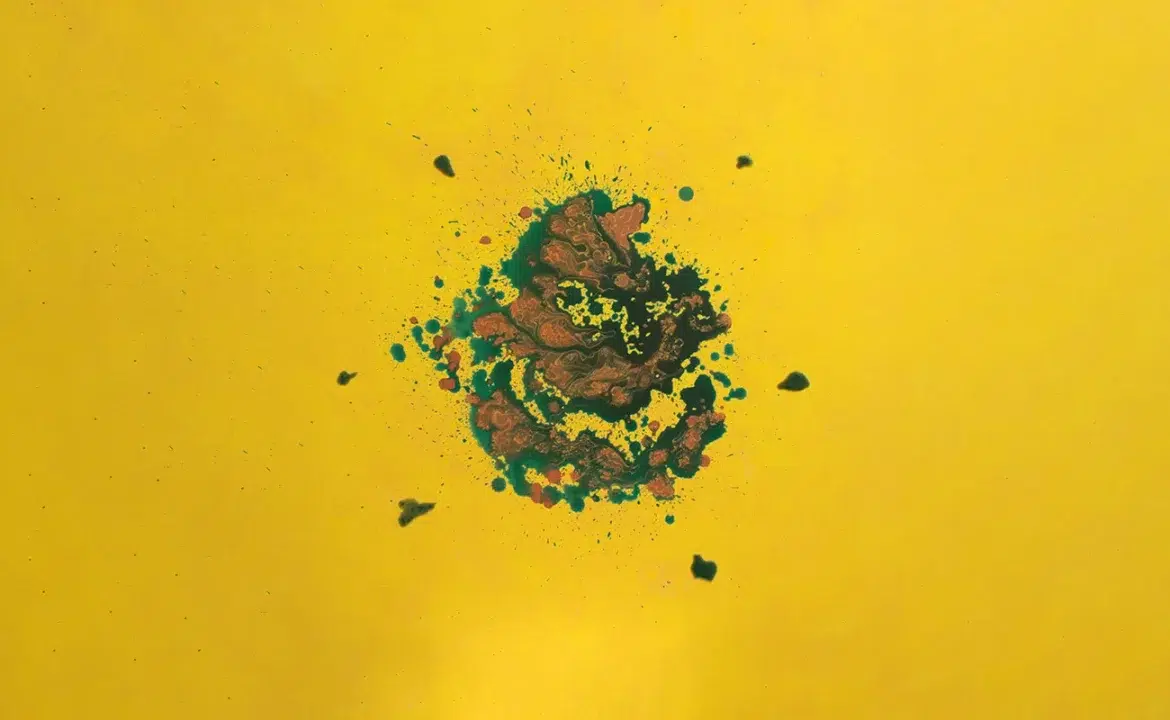Juan Mengual’s journey as a visual artist began in an environment steeped in creativity, long before he ever picked up a brush. Born into a household where art was as essential as air, his mother—a dedicated painter and art educator for over three decades—became an unspoken mentor. Her influence, subtle yet profound, shaped Juan’s artistic instincts from an early age. Growing up surrounded by her canvases, paints, and the constant hum of artistic dialogue, he absorbed the nuances of creative expression without realizing it. Visits to exhibitions and museums further expanded his appreciation for diverse artistic forms, cementing a foundation for his eventual career.
Juan’s artistic journey took its first tangible steps when he assisted his mother on a series of collages inspired by the Spanish artist Mingote. Immersed in her studio, he transitioned naturally into creating his own paintings, which were met with praise from those around him. Recognizing his potential, Juan pursued formal education in art, choosing the Art Academy in London for its balance of skill-based training and conceptual exploration. Alongside his focus on painting, he studied sculpture, fascinated by its ability to add depth to his already three-dimensional painting style.
This educational path enabled Juan to refine his craft, but it also sparked a deep exploration of his unique style. He spent his final year honing a technique that blends spontaneity with precision, laying the groundwork for the artistic identity that now defines him.
Juan Mengual: A Style Born from Stains and Subconscious Musings
Juan Mengual’s artistic approach stands out not only for its originality but also for its deeply introspective foundation. His distinctive style emerged during a moment of creative discovery—staring at a stain on a concrete floor. What began as an unremarkable observation evolved into an innovative technique. By photographing and printing the stain, Juan began transforming accidental patterns into intentional works of art. His process revolves around embracing randomness, a method that channels the subconscious into visual form.
To achieve this, Juan employs two primary techniques. In one, he soaks sponges in a mixture of water and paint, squeezing them onto the canvas to create organic shapes as the paint dries. In the other, he uses decalcomania, a surrealist method involving repeated impressions of paint-soaked fabric onto the canvas. These approaches yield accidental formations that Juan refines, drawing out recognizable shapes and figures hidden within. The result is a series of vivid, immersive pieces that invite viewers to interpret and reinterpret the shapes they see, much like finding figures in clouds.
This interplay of structure and spontaneity blurs traditional artistic boundaries. While his work is rooted in abstraction and surrealism, it resists being pigeonholed. Pop culture references mingle with cartoonish elements, yet the overall effect transcends any single genre. For Juan, this unique identity poses a challenge—he is often expected to fit into predefined categories. Despite this, his self-described style of “abstract surrealism” continues to challenge conventions and engage audiences on a deeply personal level.
Tools, Techniques, and Inspirations: The Ecosystem of Creation
Every detail in Juan Mengual’s studio reflects his experimental spirit and eclectic influences. Beyond the typical assortment of brushes, paints, and canvases, his workspace includes unconventional tools such as sponges, epoxy resin, and random objects sourced from charity shops. These unusual items, from syringes to dust removers, often spark new creative directions. The controlled chaos of his studio mirrors the unpredictability of his artistic process, where accidents and intentions collide to form something extraordinary.
Juan draws inspiration from a wide spectrum of artists and mediums, further enriching his work. His admiration for surrealists like Salvador Dalí, Max Ernst, and Leonora Carrington informs his exploration of the subconscious, while the vivid narratives of comic artists such as Frank Miller and Mike Mignola add a dynamic, graphic quality. Film artists like Guillermo del Toro and Jim Henson provide yet another layer, influencing his affinity for storytelling and the fantastical. Among these, Max Ernst holds particular significance for the way he manipulates patterns and color to evoke emotion, a technique Juan often emulates in his own way.
Despite his focus on painting, Juan remains open to other mediums, viewing experimentation as essential to his growth as an artist. While oil and acrylic dominate his canvases, he occasionally ventures into crayon, board, and even sculpture. This versatility fuels his dream of creating a monumental sculpture, a project that would bring together his various artistic passions in a grand, physical form.
Juan Mengual: An Artistic Game of Interpretation
For Juan Mengual, the act of viewing his work is as important as the process of creating it. His paintings serve as more than static images; they invite the audience into an active dialogue of discovery. Figures emerge and fade, interpretations shift, and each return to the artwork reveals new possibilities. This participatory element transforms his art into a visual game, an experience Juan intentionally designs to be immersive and thought-provoking.
This philosophy aligns with psychological concepts like projective techniques, where individuals find meaning in ambiguous stimuli. By creating compositions filled with accidental forms and vibrant colors, Juan encourages viewers to project their own thoughts and feelings onto the canvas. The result is a deeply personal connection between the artwork and its audience, a hallmark of his creative vision.
Yet, Juan’s refusal to conform to traditional styles or commercial expectations reflects a commitment to authenticity. While his art defies categorization, it also challenges the audience to look beyond labels and appreciate the underlying emotional and intellectual richness. As Juan continues to explore new ideas and push boundaries, his work remains a testament to the power of imagination and the infinite possibilities of creative expression.


